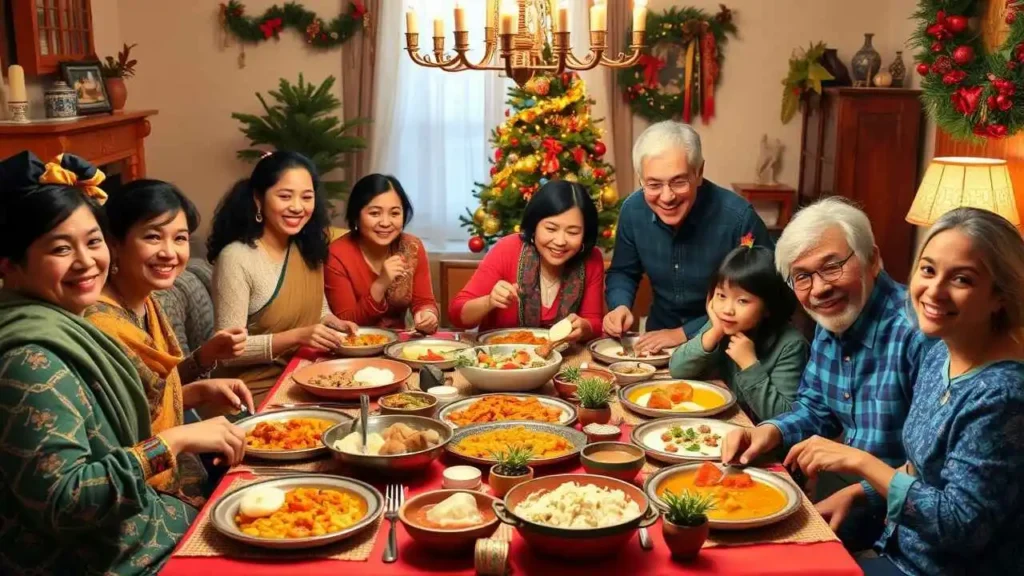
A Global Feast: Celebrating Traditional Holiday Meals Across Cultures
As we gather around the table during holidays, we often reflect on the rich tapestry of traditions that connect us across cultures. In this article, we will explore the diverse world of festive feasts, delving into the customs, flavors, and histories that make holiday meals so special. From the roasted turkeys of North America to the vibrant sweets of India, these culinary traditions not only nourish our bodies but also strengthen our communal bonds. Our journey will span continents, incorporating tables for easy comparison, lists to highlight key elements, and a thoughtful quotation to underscore the deeper meaning of these celebrations. By the end, we aim to appreciate how food serves as a universal language of joy, heritage, and togetherness, all while keeping our tone informative and engaging.
The Global Appeal of Holiday Meals
Holidays are more than just dates on a calendar; they are opportunities for us to celebrate life’s milestones through shared meals. We observe that every culture has its own way of marking these occasions, often with dishes that have been passed down through generations. These feasts reflect historical influences, available ingredients, and symbolic meanings. For instance, many holiday meals emphasize abundance and prosperity, symbolizing hopes for the coming year.
As we examine traditional holiday meals around the world, we can categorize them by region to better understand their unique characteristics. This approach allows us to highlight common themes, such as family gatherings and ritualistic preparations, while appreciating the distinct flavors that define each culture. To facilitate our discussion, we’ll use tables and lists to organize information, making it easier to compare and contrast these traditions.
Exploring Festive Traditions in Europe
Europe boasts a variety of holiday meals that blend ancient customs with modern twists, particularly during Christmas and other winter festivals. We begin our exploration here, as these traditions have influenced global celebrations.
In the United Kingdom, Christmas dinner is a cornerstone of the holiday season, typically featuring a lavish spread that dates back to medieval feasts. The meal often includes roast turkey as the centerpiece, accompanied by sides like roast potatoes, Brussels sprouts, and cranberry sauce. We note that this tradition evolved from earlier practices, such as the Tudor-era preference for goose or boar, but turkey became popular in the 19th century due to its availability from the New World.
Moving to Germany, where Christmas (Weihnachten) is celebrated with hearty, comforting fare, we find dishes like roast goose or duck served with red cabbage, potato dumplings, and mulled wine. These meals symbolize warmth and family unity during the cold winter months. In Italy, the focus shifts to the “Feast of the Seven Fishes” on Christmas Eve, a Catholic tradition that abstains from meat in favor of seafood. Popular dishes include baccalà (salted cod), calamari, and pasta with clams, emphasizing the Mediterranean’s abundant marine resources.
European holiday meals:
| Holiday | Country | Main Dish | Key Ingredients | Symbolic Meaning |
| Christmas | United Kingdom | Roast Turkey | Turkey, potatoes, cranberries | Abundance and family gathering |
| Weihnachten | Germany | Roast Goose or Duck | Goose, red cabbage, dumplings | Warmth and prosperity |
| Christmas Eve | Italy | Feast of the Seven Fishes | Seafood (cod, calamari, clams) | Abstinence and spiritual renewal |
As we can see from the table, European feasts often revolve around roasted meats and seasonal produce, with symbolism tied to renewal and community.


